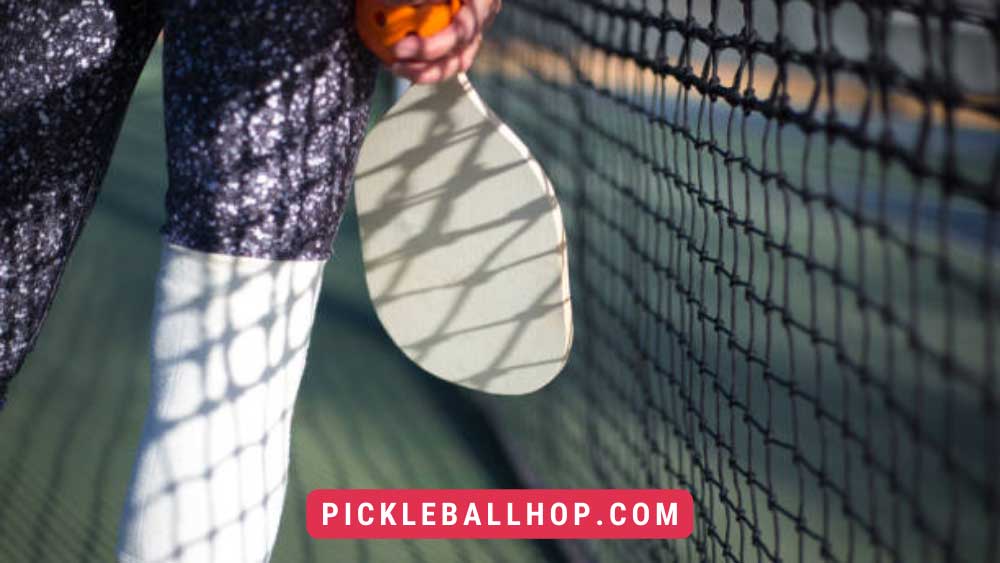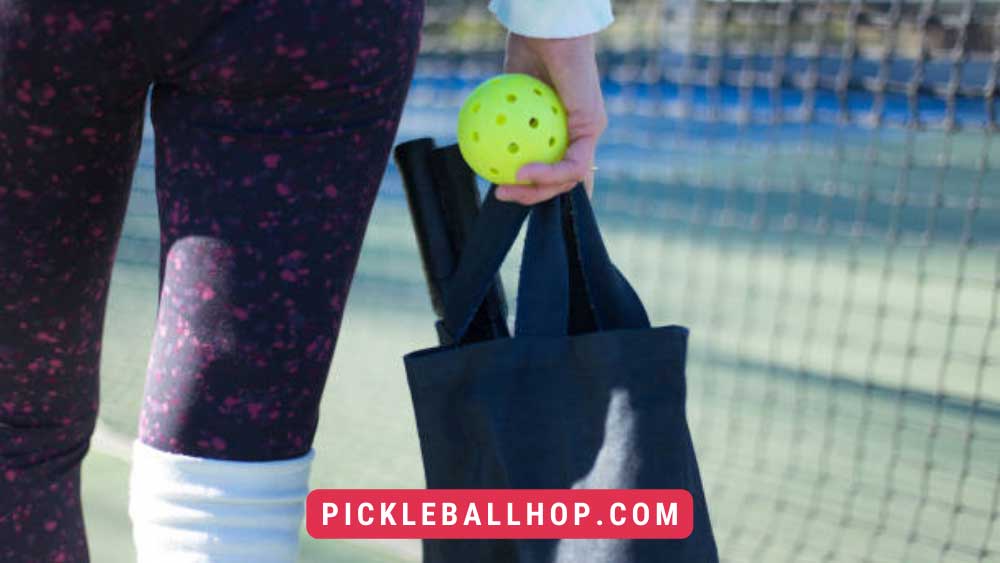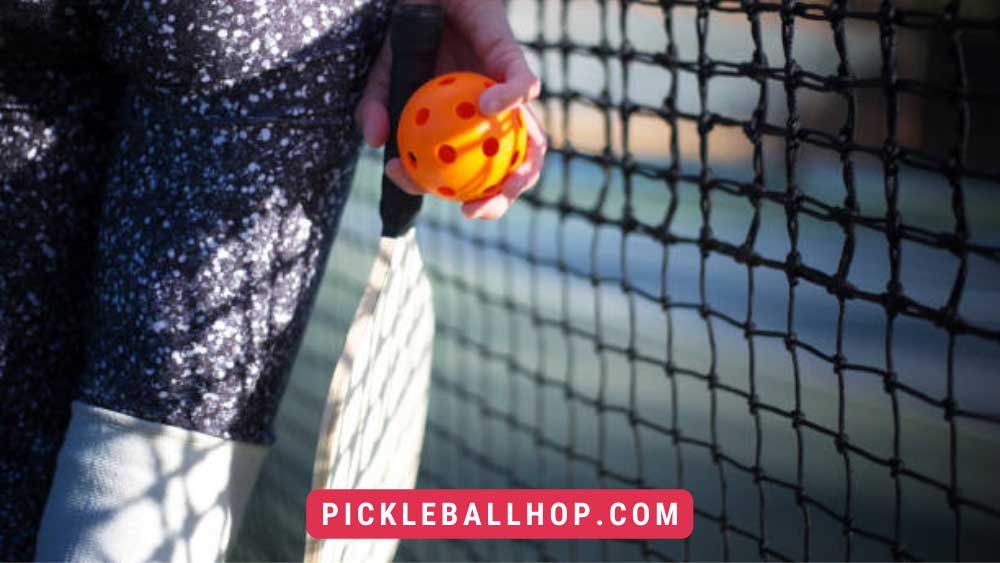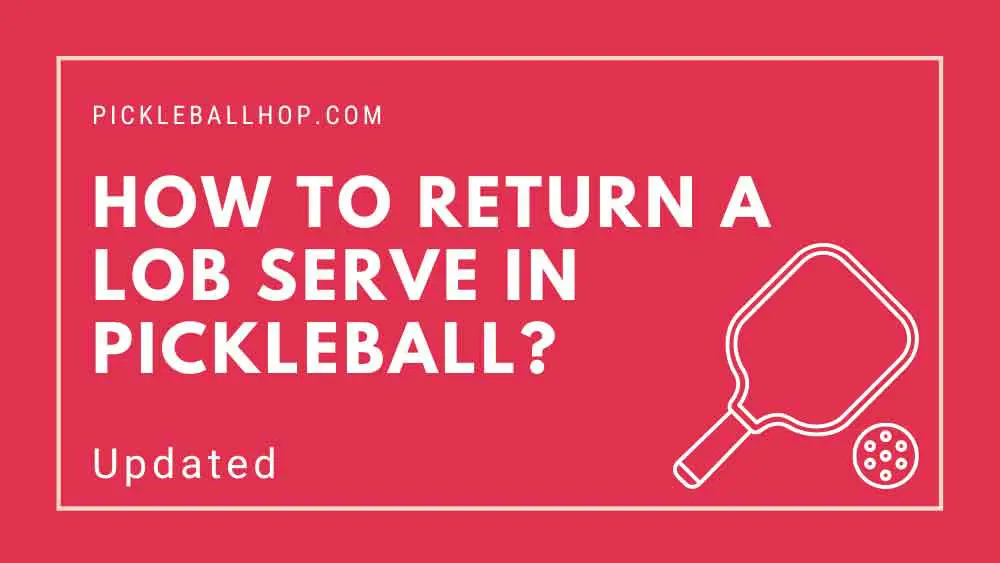Combined with the principles of tennis, badminton, and table tennis, pickleball is a racquet sport played indoors or outdoors. Using a net similar to a tennis net, it is played on a badminton-sized court. There are small paddles and whiffle balls that resemble tennis racquets in terms of equipment. Injuries can happen while playing this sport, but it’s a great way to stay fit.
Common Pickleball Injuries

Despite being an engaging sport, pickleball does present some injuries and accidents, such as falls, bumps, and bruises. Nevertheless, pickleball players tend to suffer from specific injuries more often than others. The majority of pickleball injuries are considered overuse injuries because they develop slowly over time.
1. Shoulder Strain
There are a number of pickleball injuries, including shoulder pain, rotator cuff injuries, and general shoulder strains. As the arm is supported by the shoulder joint, the rotator cuff is an essential shoulder structure. While the rotator cuff can be damaged, pickleball players are most likely to suffer a general shoulder strain. The muscles in the shoulder can be damaged over time by overextending them, which can result in pain, inflammation, and even a reduction in the range of motion of the shoulder.
2. Pickleball Elbow
Overuse of the elbow may cause “pickleball elbow,” which is similar to a tennis elbow. The elbow can continue to be stressed over time if the motions are repeated, such as swinging a pickleball paddle. When you play pickleball with improper form or training, you run the risk of tearing small tendons in your elbow, which can result in an injury. In addition to soreness near and around the elbow, pickleball elbow can cause aching, stiffness, and pain as well as swelling around the elbow that gets worse with movement.
3. Heel Bruising
It is also common for pickleball injuries to develop gradually over time, such as heel bruising. Internal bruising may occur if the fat pad around the heel is damaged or irritated by repetitive contact and movements. In addition to bruising on the heel bone, there may also be swelling, depending on the severity of the injury. This injury usually causes bruising in the heel area and worsening pain when you apply pressure.
4. Achilles Tendonitis
Another overuse injury is Achilles tendonitis, which is caused by high-impact exercise or repeated stress on the lower leg. Achilles tendon tears can occur multiple times in more severe cases. Achilles tendonitis appears as either an insertional or a non-insertional condition. Achilles tendonitis cannot be inserted into the tendon; instead, it affects its middle portion. A lower portion of the Achilles tendon is affected by insertional Achilles tendonitis. Lower leg and heel stiffness are common symptoms of Achilles tendonitis, along with calf pain and swelling.
How to Avoid Pickleball Injuries

When playing sports, you need to use proper exercise equipment and maintain proper form in order to reduce the risk of injury. It continues to gain popularity in America as the fastest-growing sport. When considering pickleball equipment and proper form, there are many new players looking to take up this sport.
1. Exercise Regularly
Pickleball is only one of the exercises you can do for your body, so make sure you exercise regularly and stimulate each muscle in your body. A healthy diet and routine exercise can help you maintain your health, prevent injury, and play pickleball safely.
Here are some of the best pickleball-warm-up-drills.
2. Hydrate Properly
The importance of hydration cannot be overstated, both on and off the court. You cannot regulate your body’s temperature effectively if you do not drink enough water. Drink plenty of water before and after your pickleball matches in addition to hydrating during play. Depending on whether you plan to exercise that day, you will need different amounts of water each day. Four to six glasses of water should be consumed each day, on average.
3. Protect Your Eyes
A ball or paddle hitting your face can cause injuries if you don’t wear protective eyewear. The arm or abdomen may not hurt too much if it’s hit by a ball, but the eyes can be seriously damaged. Among the many eye injuries that can occur are cuts, bruises, swellings, and retinal detachments. It is possible to lose vision as a result of eye injuries that are very severe. These injuries can be prevented by protecting your eyes during pickleball.
4. Stretch Beforehand
Performing a proper warmup before exercising is crucial in preventing muscle strains and minimizing injury risks. In order to play pickleball safely, you should stretch beforehand in order to ensure you have a full range of motion. The best way to warm up is to go for a quick walk. It gets your blood flowing throughout your body. You can reduce muscle tension and rigidity after a walk by stretching your arms and legs.
Despite the importance of stretching all your muscles, you should stretch your most frequently used muscles the deepest. You should do warm-up stretches before playing pickleball to prevent injury. It is important to cool down after playing pickleball to relax tired muscles and prepare your body for rest.
5. Wear Supportive Shoes
Sprains, strains, meniscal tears, and other foot, ankle, and leg injuries can be reduced by wearing supportive footwear. Your body will be protected from harm if you wear shoes that are properly fitted and provide support. Choosing footwear that is designed for your sport is always a good idea. Investing in court shoes made specifically for pickleball or tennis may be a good idea if you play pickleball regularly.
You may enjoy reading Best Shoes For Pickleball
What to Do if You Experience a Pickleball Injury

Playing pickleball can lead to injuries, which need to be treated properly. Whenever you suffer a sports-related injury, you should see your doctor ensure that you are following a treatment plan that is appropriate. Medical assistance should be sought immediately in an emergency. Here are three simple steps you should follow if you have a non-emergency injury.
1. Assess your injury’s severity
You can determine whether you should see a doctor or rest based on the severity of your injury. Furthermore, your injury severity will determine whether you should seek immediate medical attention or schedule a routine appointment. Bruises and strains are minor and can heal on their own with rest, but getting a doctor’s opinion is always recommended before self-diagnosing. The appropriate treatment for healing can be determined by a doctor’s visit.
2. Make an Orthopedic Appointment for Non-Emergency Injuries
A primary care physician or orthopedic specialist can treat an injury if it doesn’t require emergency care. You can follow an effective treatment plan if you consult a medical professional regarding the extent of your injury. Once your injury has healed, your physician may recommend safe ways of returning to your sport.
3. Follow Your Treatment
It’s important to follow your doctor’s recommendations to ensure your injury fully heals. When healing from a sports-related injury, it is crucial to give yourself time to rest and recover. You may be recommended physical therapy by your physician to improve your range of motion in the injured area. You can begin safely playing pickleball again when you consult your physician or physical therapist.



